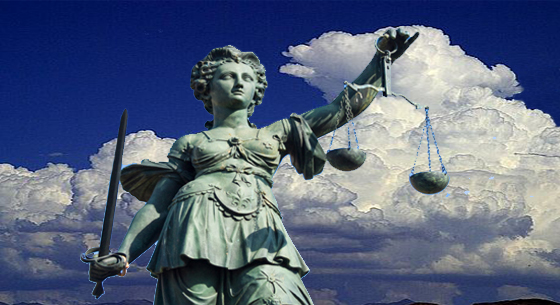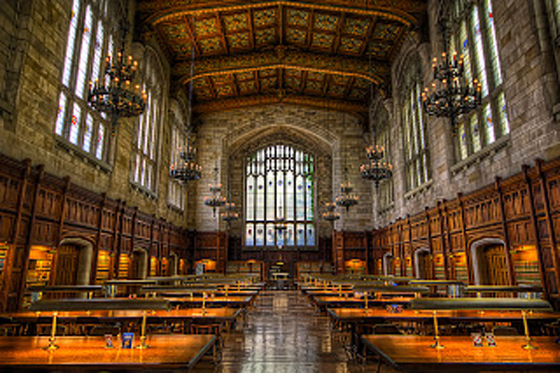The New Brunswick Court of Appeal may allow
an appellant to submit substantive material evidence for the Hearing of a an Application to 'Withdraw a Guilty Plea' (given before the 'lower Courts') if the appellant can show that the plea
was invalid, in the sense that it was:
- not made voluntarily;
- not made unequivocally
- that it was not informed:
In Meade v. R., 2007 NBCA 56 (CanLII), [2007] N.B.J. No. 237 (QL), 2007 NBCA 56,
Richard, J.A., who delivered the judgment of the Court, enunciates, at para. 1,
the prerequisites to a successful plea-withdrawal application on appeal:
The principles that govern an
application on appeal to withdraw a plea of guilty were recently summarized by
this Court in R. v. Winmill (R.L.) 2006 NBCA 77 (CanLII), (2006), 300 N.B.R. (2d) 125, [2006]
N.B.J. No. 324 (QL), 2006 NBCA 77, where we stated, at paras. 3-4 as follows:
A ground of appeal seeking to
withdraw a plea of guilty involves a question of mixed law and fact, within the
meaning of subparagraph 675(1)(a)(ii) of the Criminal Code, R.S.C. 1985,
c. C-46. Leave to appeal is therefore required: R. v. Guignard (G.), 2003 NBCA 46 (CanLII), [2003]
N.B.J. No. 264; 260 N.B.R. (2d) 396; 684 A.P.R. 396; 2003 NBCA 46 and R. v.
Brun (T.), 2006 NBCA 17 (CanLII), [2006] N.B.J. No. 51; 296 N.B.R. (2d) 147; 769 A.P.R. 147; 2006
NBCA 17.
The guiding principles in
considering an application for leave to withdraw a guilty plea were summarized
in Brun as follows (at para. 8):
A court of appeal may allow
an appellant to withdraw a guilty plea if the appellant can show that the plea
was invalid, in the sense that it was not made voluntarily or unequivocally or
that it was not informed: see R. v. Claveau (L.F.) 2003 NBCA 52 (CanLII), (2003), 260 N.B.R.
(2d) 192 (C.A.) and R. v. Nowlan, [2005] N.B.J. No. 474 (C.A.) (QL). As
noted in R. v. Guignard, at para. 7, an appellant 'must show valid
grounds which would allow [him] to withdraw [his] guilty plea. This must be
done by providing convincing evidence.' [...]
Also one may identify a feature of the record that would
substantiate an allegation of professional
incompetence.
In R. v. G.D.B., 2000 SCC 22 (CanLII), [2000] 1 S.C.R. 520, [2000]
S.C.J. No. 22 (QL), 2000 SCC 22, at paras. 26-27, the Court
articulated the following standard to assess the validity of any ground
of appeal challenging the competence of counsel at trial:
The approach to an
ineffectiveness claim is explained in Strickland v. Washington, 466 U.S.
668 (1984), per O'Connor J. The reasons contain a performance
component and a prejudice component. For an appeal to succeed, it
must be established, first, that counsel's acts or omissions constituted
incompetence and second, that a miscarriage of justice resulted.
Incompetence is determined by
a reasonableness standard. The analysis proceeds upon a strong
presumption that counsel's conduct fell within the wide range of reasonable
professional assistance. The onus is on the appellant to establish
the acts or omissions of counsel that are alleged not to have been the result
of reasonable professional judgment. The wisdom of hindsight has no
place in this assessment.























No comments:
Post a Comment